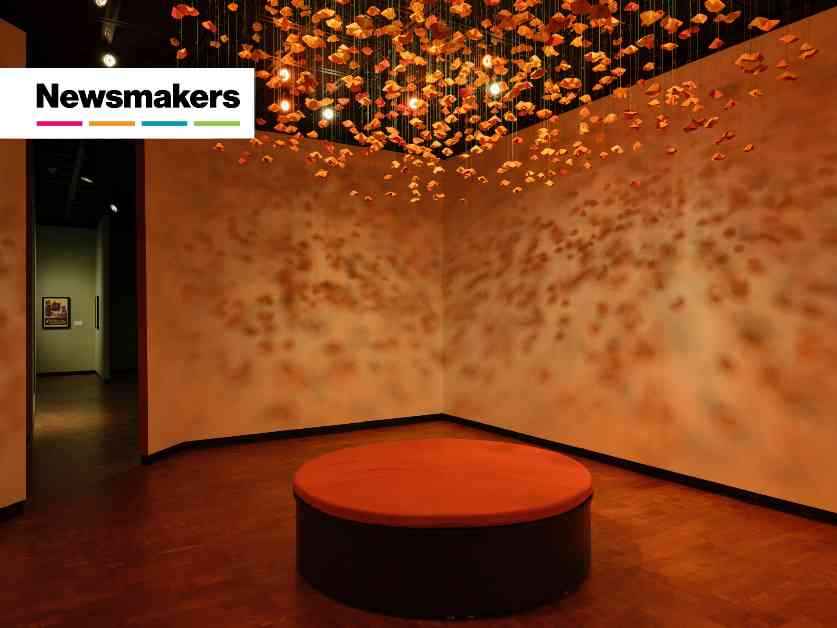Fires have long been a part of the Southern California landscape, shaping the environment and the lives of Indigenous peoples for generations. However, recent devastating wildfires in the Greater Los Angeles region have brought renewed attention to the role of fire in the ecosystem. In the wake of these tragedies, the UCLA Fowler Museum’s exhibition “Fire Kinship: Southern California Native Ecology and Art” seeks to reframe our relationship with fire, exploring its potential as a kin, a being that can help restore balance to the land.
The exhibition, curated by Daisy Ocampo Diaz, Lina Tejeda, and Michael Chavez, takes a comprehensive look at fire-based land stewardship practices by Indigenous communities from Southern California, including the Tongva, Cahuilla, Luiseño, and Kumeyaay tribes. It delves into the history of fire suppression laws that outlawed traditional burning practices and highlights recent efforts by Indigenous peoples to revitalize these practices. By presenting contributions from both historical and contemporary Indigenous artists, the exhibition aims to provide insight into the wisdom of Indigenous fire stewardship and its potential to mitigate catastrophic fires and preserve the land for future generations.
One of the central themes of the exhibition is the concept of fire as a generative element, challenging the prevailing narrative of fire as a destructive force. Through the artworks and artifacts on display, visitors are invited to reconsider their understanding of fire and its role in sustaining ecosystems. The exhibition is organized into three sections, each focusing on a different aspect of fire stewardship: “Our Fire Relative,” “Fire Scars,” and “Begging to Burn.” These sections offer a nuanced exploration of the cultural, historical, and ecological significance of fire within Southern California Native communities.
The show features a diverse range of artistic expressions, from traditional basket weaving to contemporary painting and sculpture. Artists like Weshoyot Alvitre, Leah Mata Fragua, and Emily Clarke bring their unique perspectives to the exhibition, highlighting the intricate relationship between fire, landscape, and culture. The exhibition also includes contributions from community leaders, cultural practitioners, and tribal fire departments, underscoring the collaborative nature of fire stewardship efforts in Southern California.
In an interview with ARTnews, Daisy Ocampo Diaz shared her personal connection to the exhibition, drawing on her background in public history and her experience working with tribal communities in Southern California. She emphasized the importance of centering multiple Indigenous perspectives in the exhibition, highlighting the diverse approaches to fire stewardship across different tribal communities. By engaging with community stakeholders and incorporating their voices into the exhibition, Ocampo Diaz and her co-curators sought to create a multivocal narrative that reflects the complexity of fire stewardship practices in Southern California.
The title of the exhibition, “Fire Kinship,” serves as a poignant reminder of the deep connection between Indigenous communities and the land. By framing fire as a relative, the exhibition invites viewers to consider their own relationship with fire and the natural world. Through a series of thought-provoking installations, the exhibition challenges visitors to reevaluate their perceptions of fire and embrace a more nuanced understanding of its role in shaping the landscape.
As Southern California grapples with the aftermath of devastating wildfires, the “Fire Kinship” exhibition offers a timely opportunity to reflect on our shared responsibility to the land. By highlighting the resilience and adaptability of Indigenous communities in the face of environmental challenges, the exhibition serves as a powerful reminder of the enduring connection between people, fire, and the natural world. In a time of uncertainty and upheaval, the wisdom of Indigenous fire stewardship provides a beacon of hope and a path forward towards a more sustainable future.












